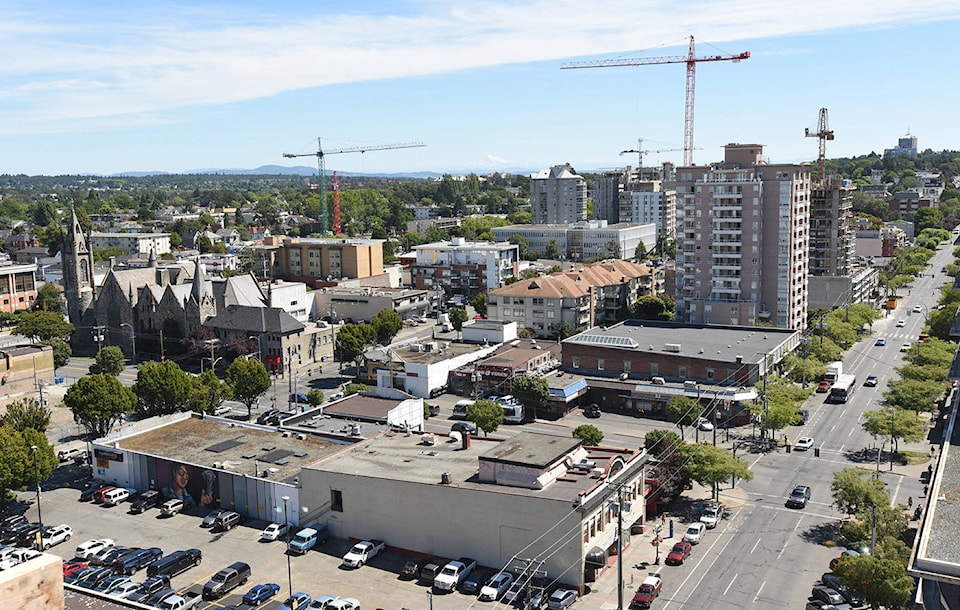Mayor Lisa Helps has spearheaded a four-year unrestricted growth strategy with little concern for the consequences of her unaffordable housing approvals record. How? By favouring the top 20 per cent of income-earning homeowners at the expense of city renters.
She’s overseen streamlining of the development approval process, elimination of minimum housing unit size, a reduction in parking requirements, supported housing conversions, encouraged garden and secondary suites and fast-tracked rental housing proposals. She and council have offered incentives and tax exemptions for heritage restoration and seismic upgrading, and updated rezoning regulations which did not result in more affordable housing, or eliminated the housing crisis.
Far from enhancing the quality of life and well-being of everyone, Mayor Helps has consistently protected the entitlements demanded by property owning investors.
This has meant building more luxury condos and supporting short-term rentals to accommodate tourists in a city with a less than one per cent vacancy rate.
For working individuals and moderate income pensioners, the mayor promises demolition of affordable rental units across the city, displacement and revitalized housing options. Not to mention conversion of character homes into strata-titled houseplexes and premium priced pied-a-terres along transit corridors – all unaffordable housing choices, now hyped in the name of gentle densification, energy efficiency and active transportation.
Fewer than 10 per cent of current residents can afford a home in their neighbourhood. Typical households spend more than half their gross income on shelter. Between 2006 and 2016, Victoria’s rental housing costs grew by 35 per cent, against an income-growth of 6.6 per cent.
So much for compact living not shrinking your quality of life.
Victoria Adams
Victoria



